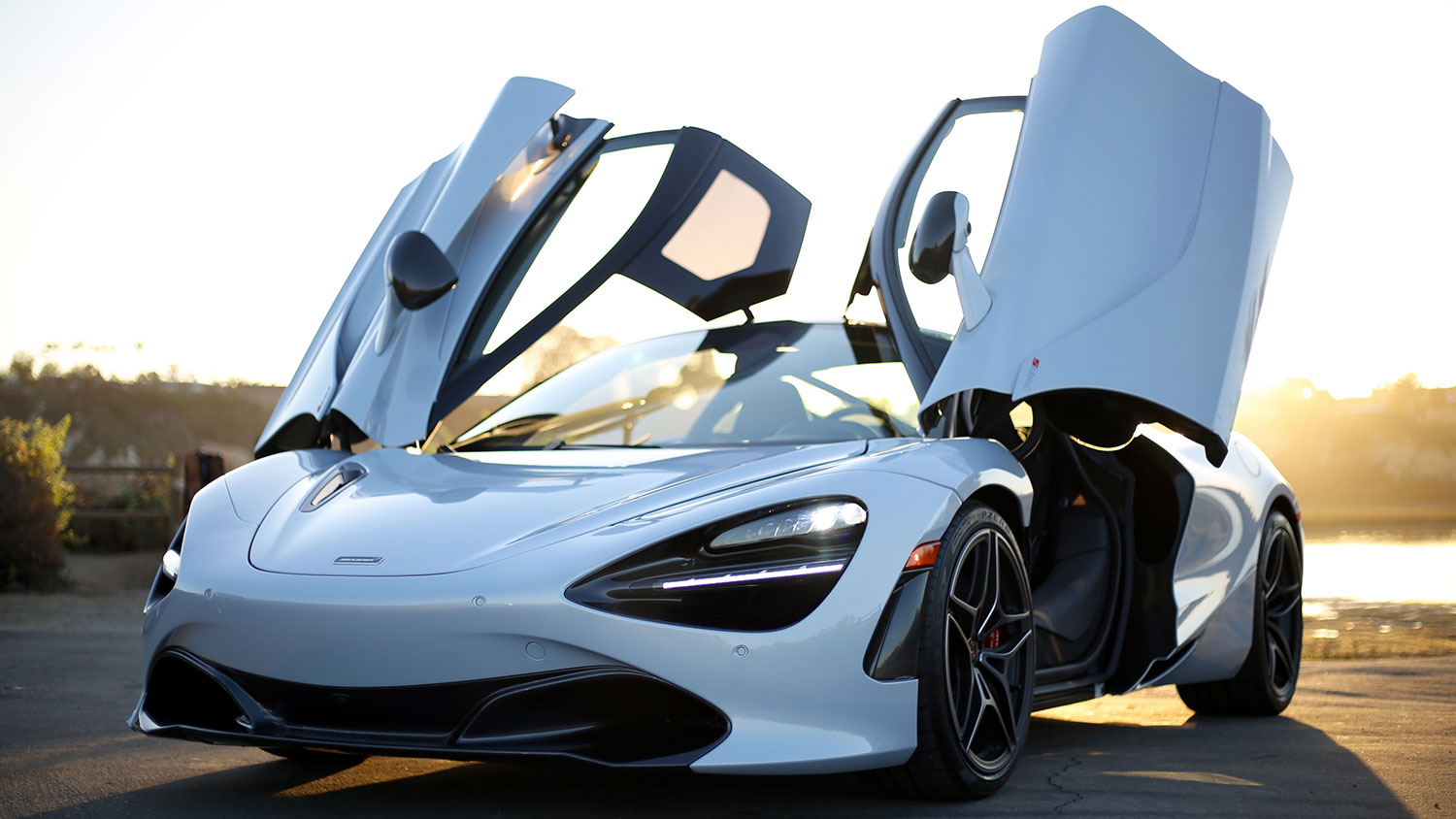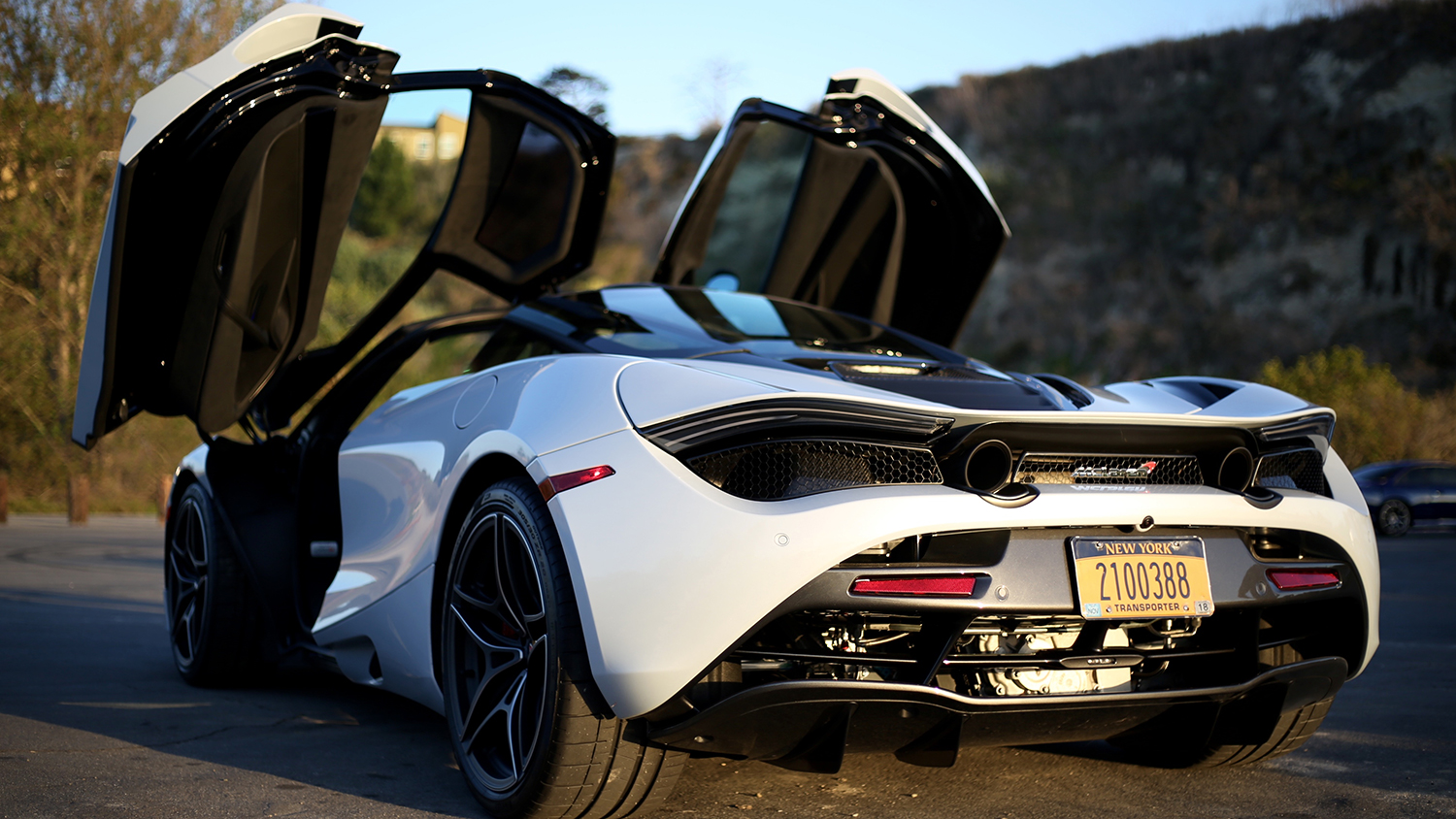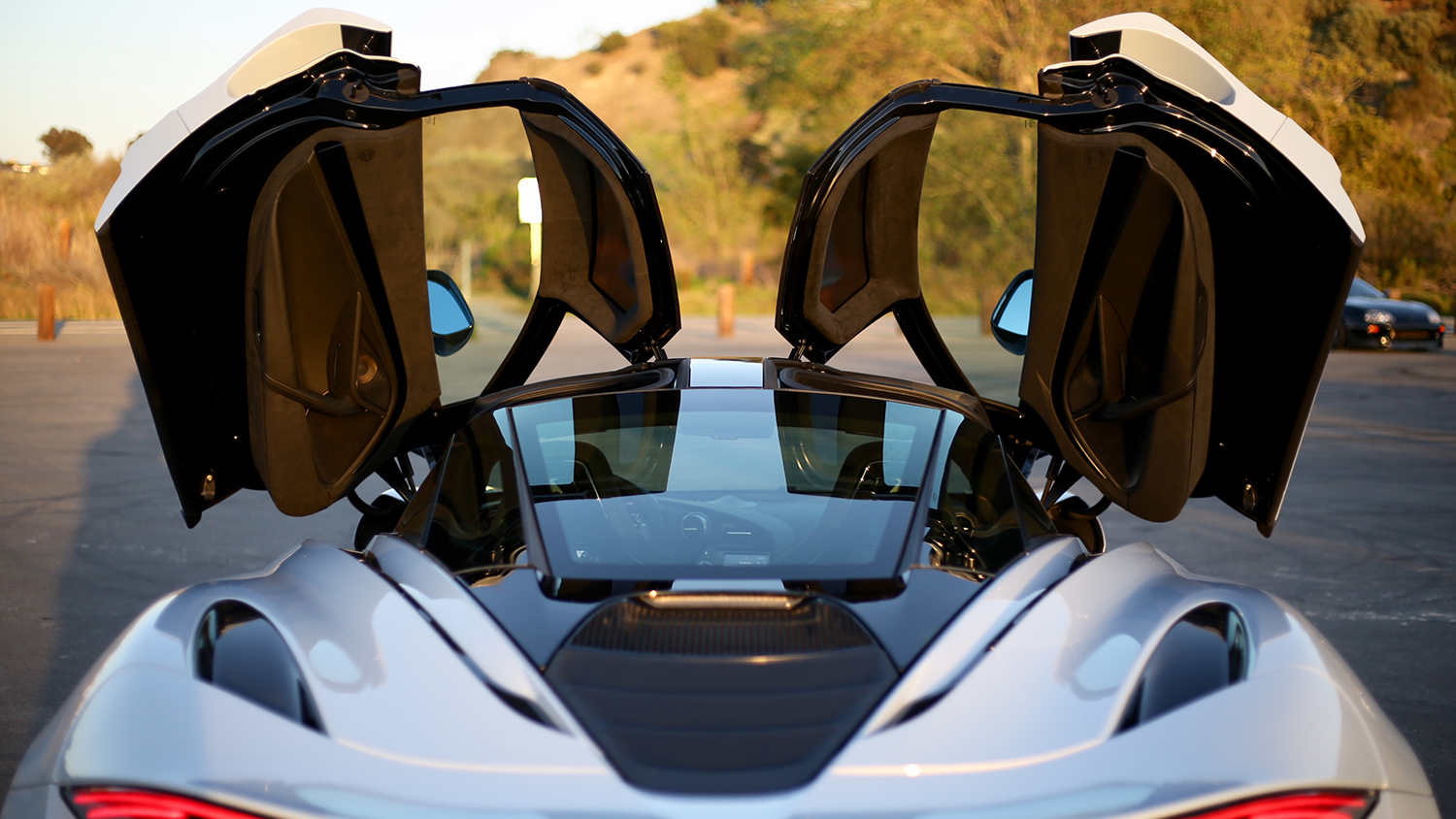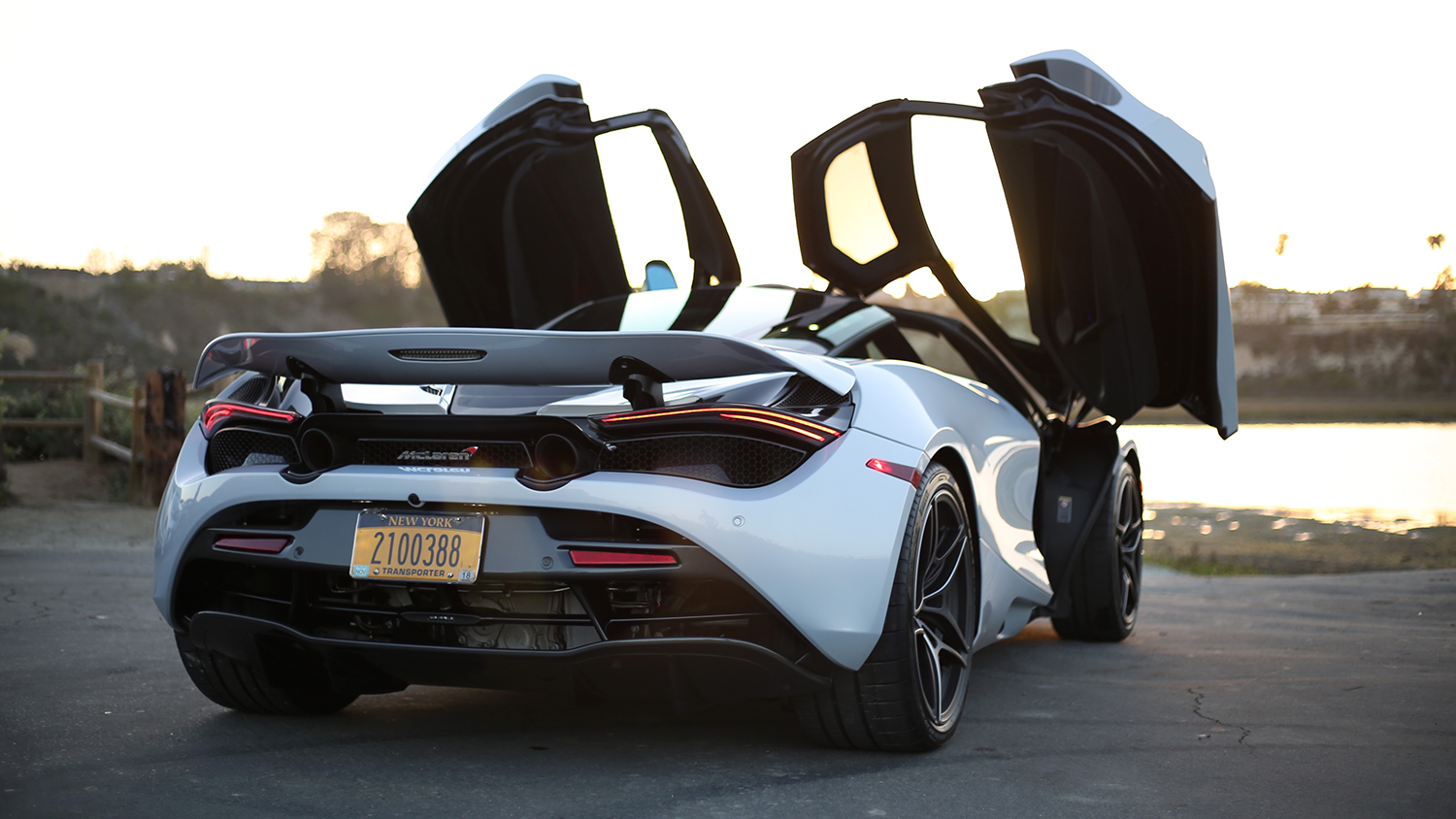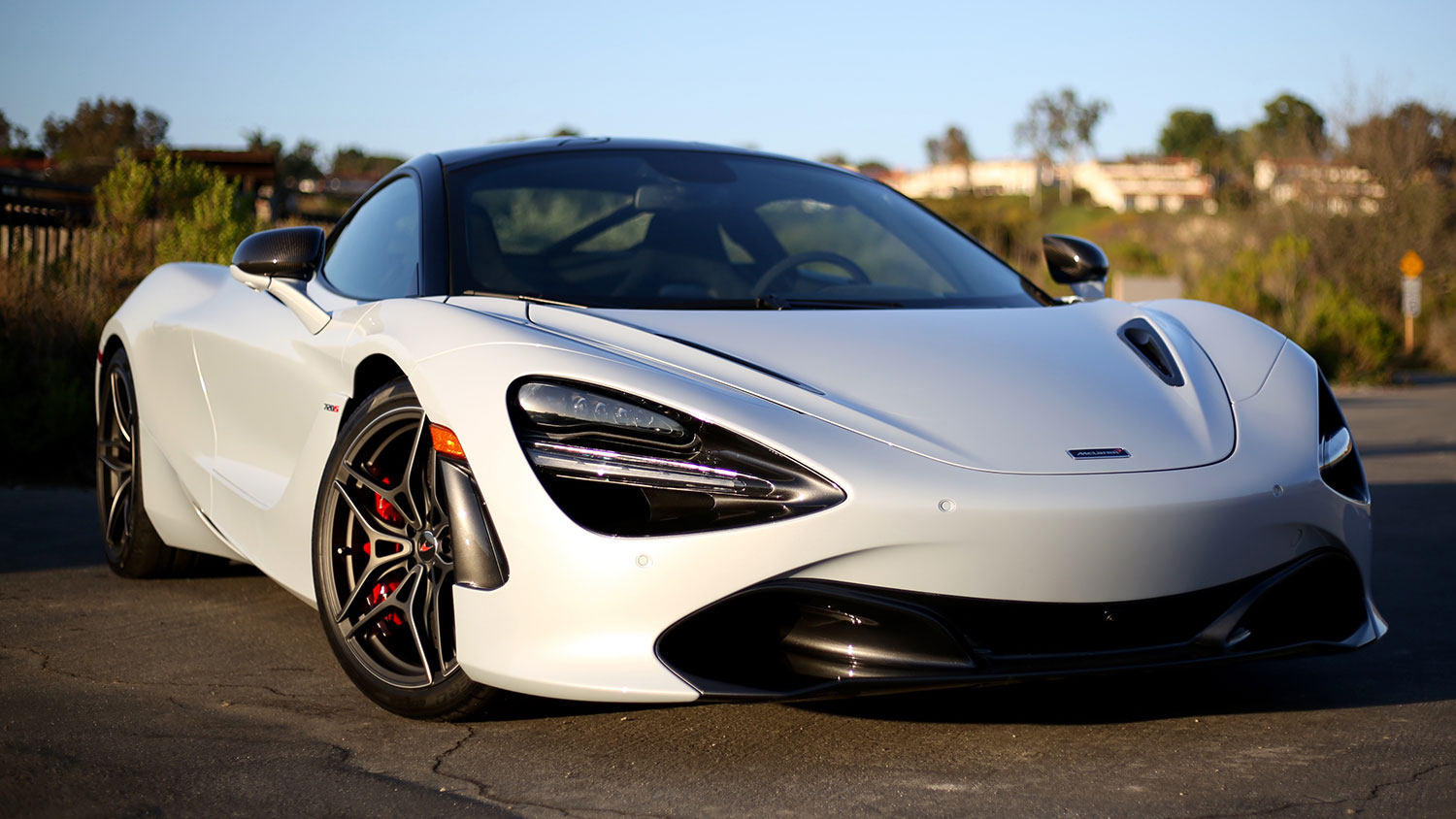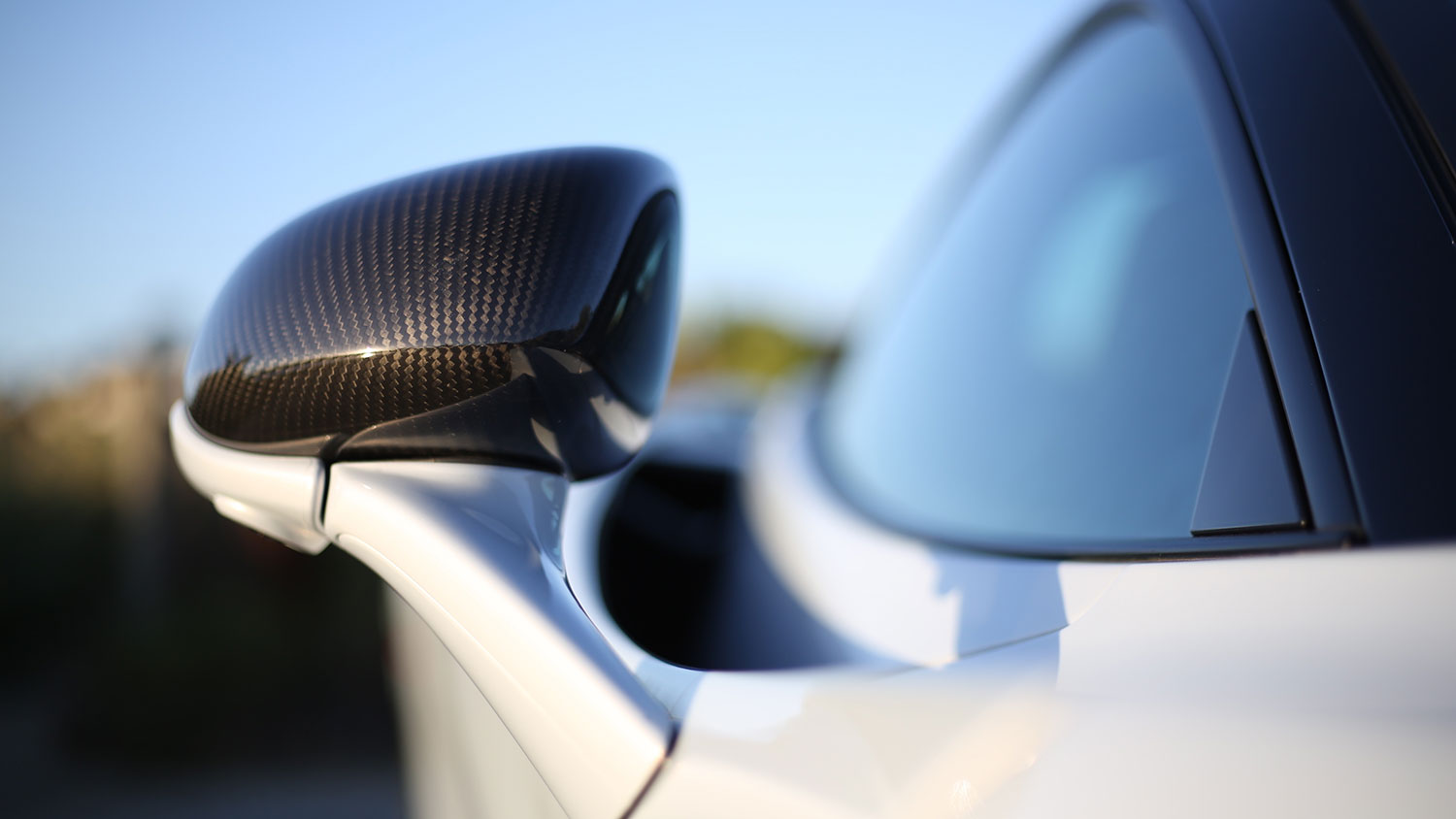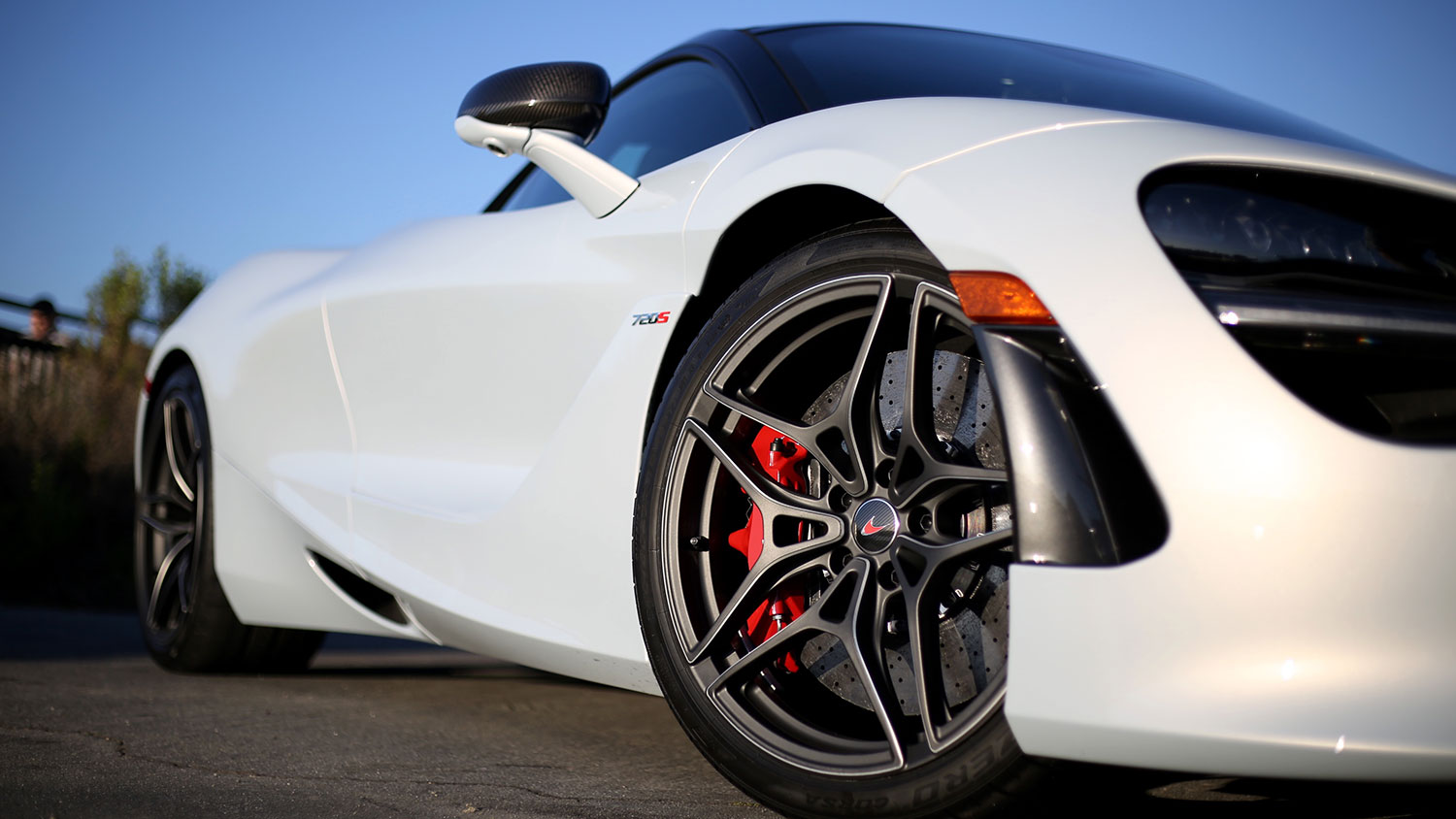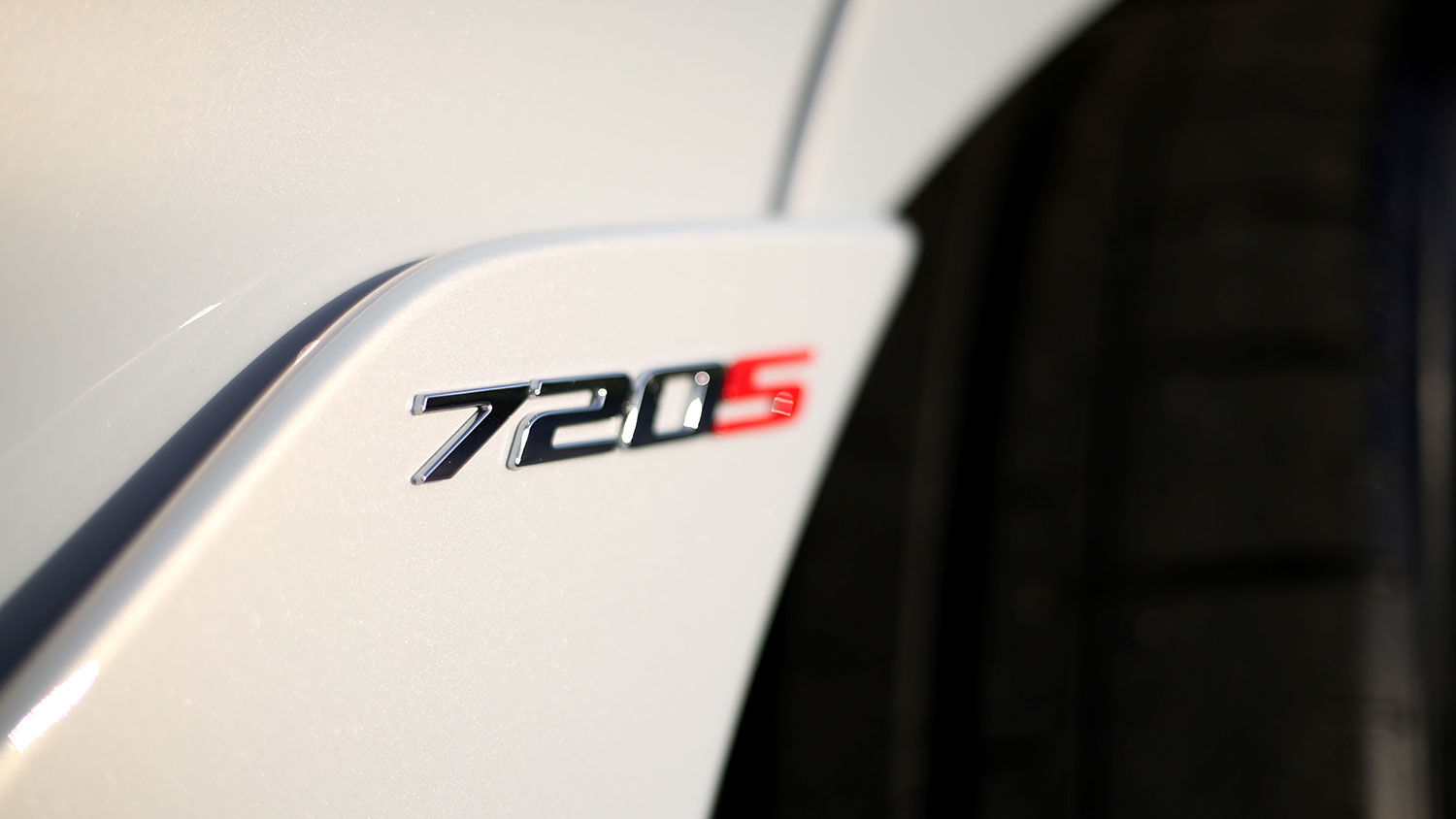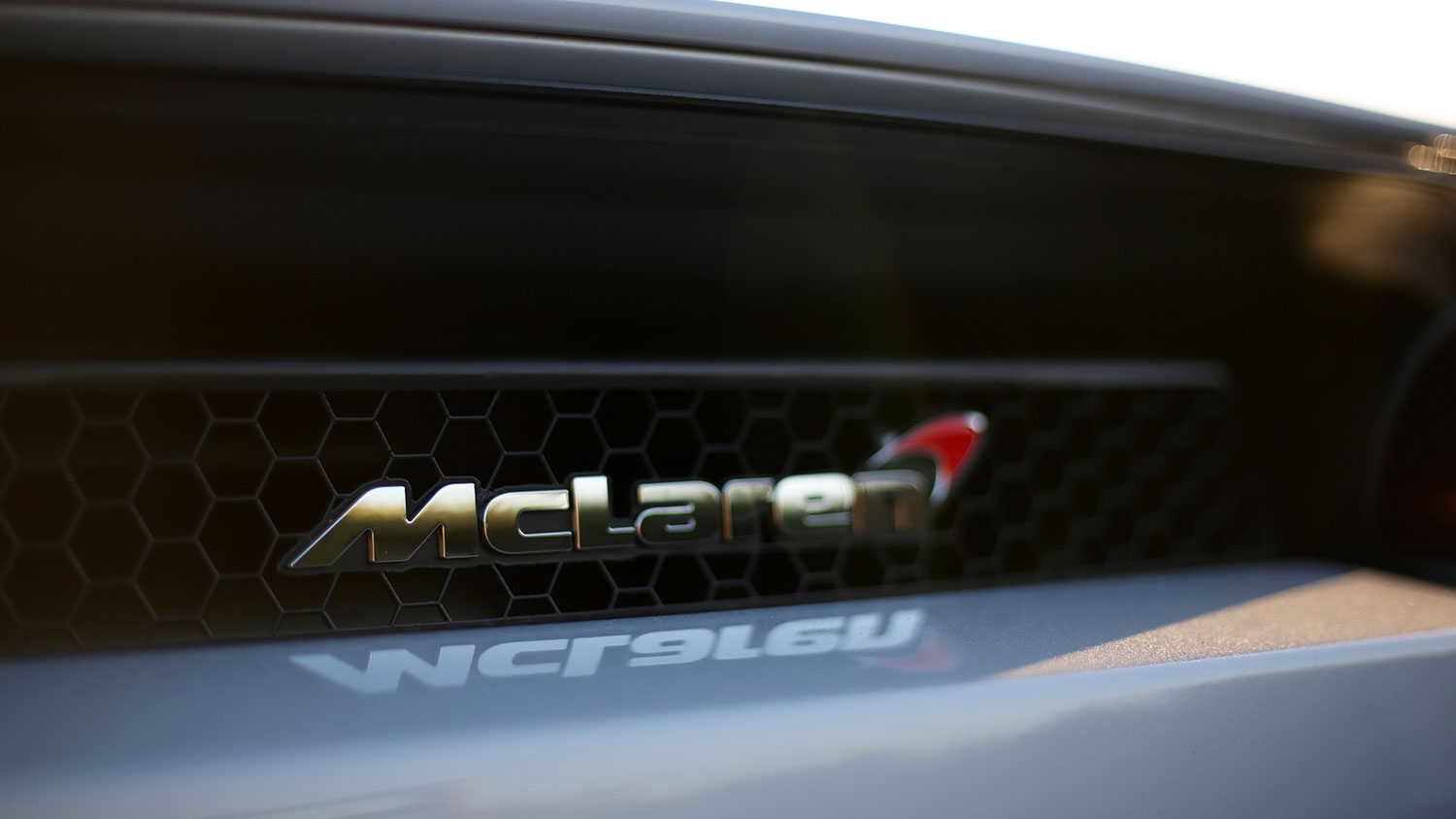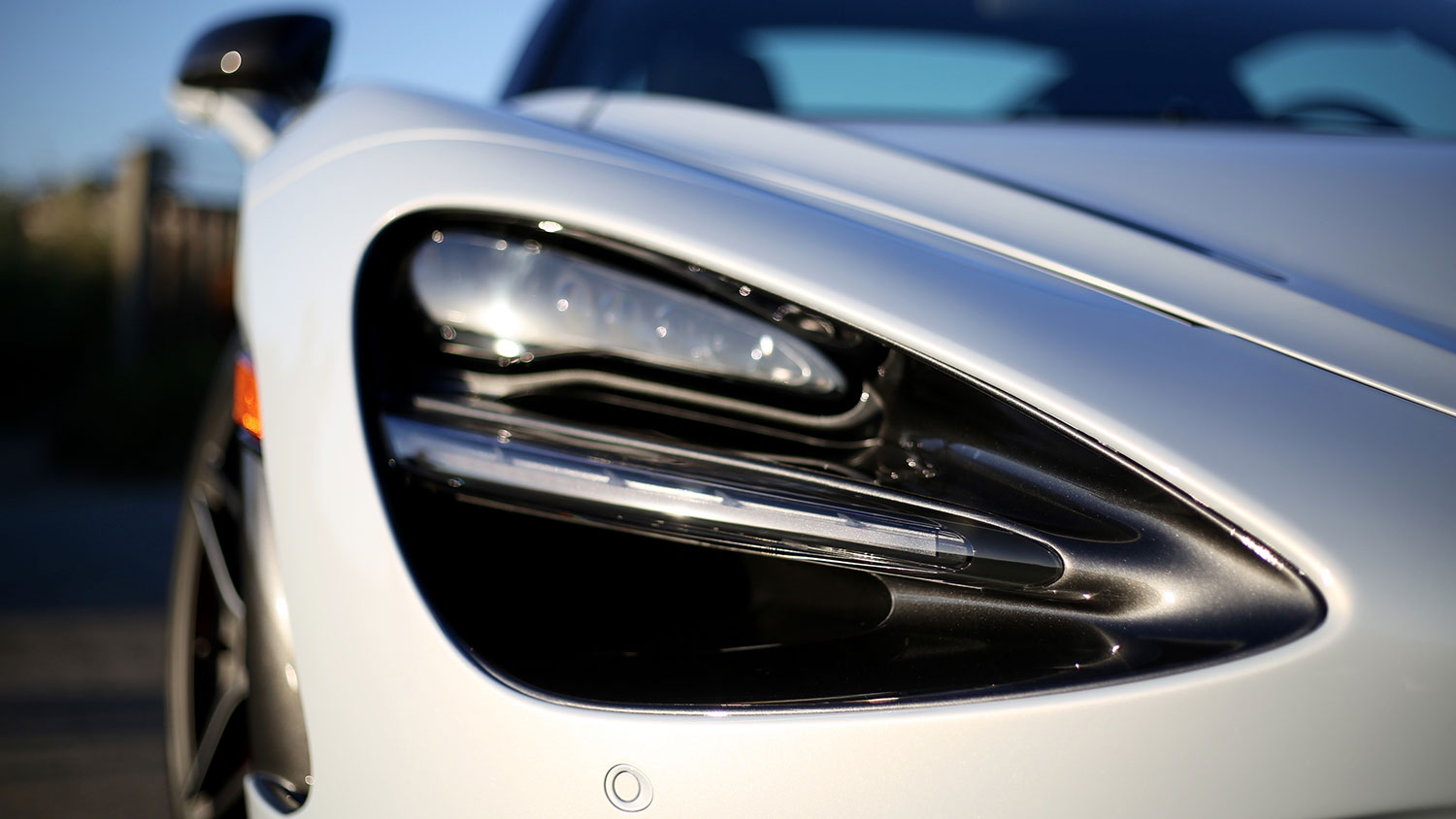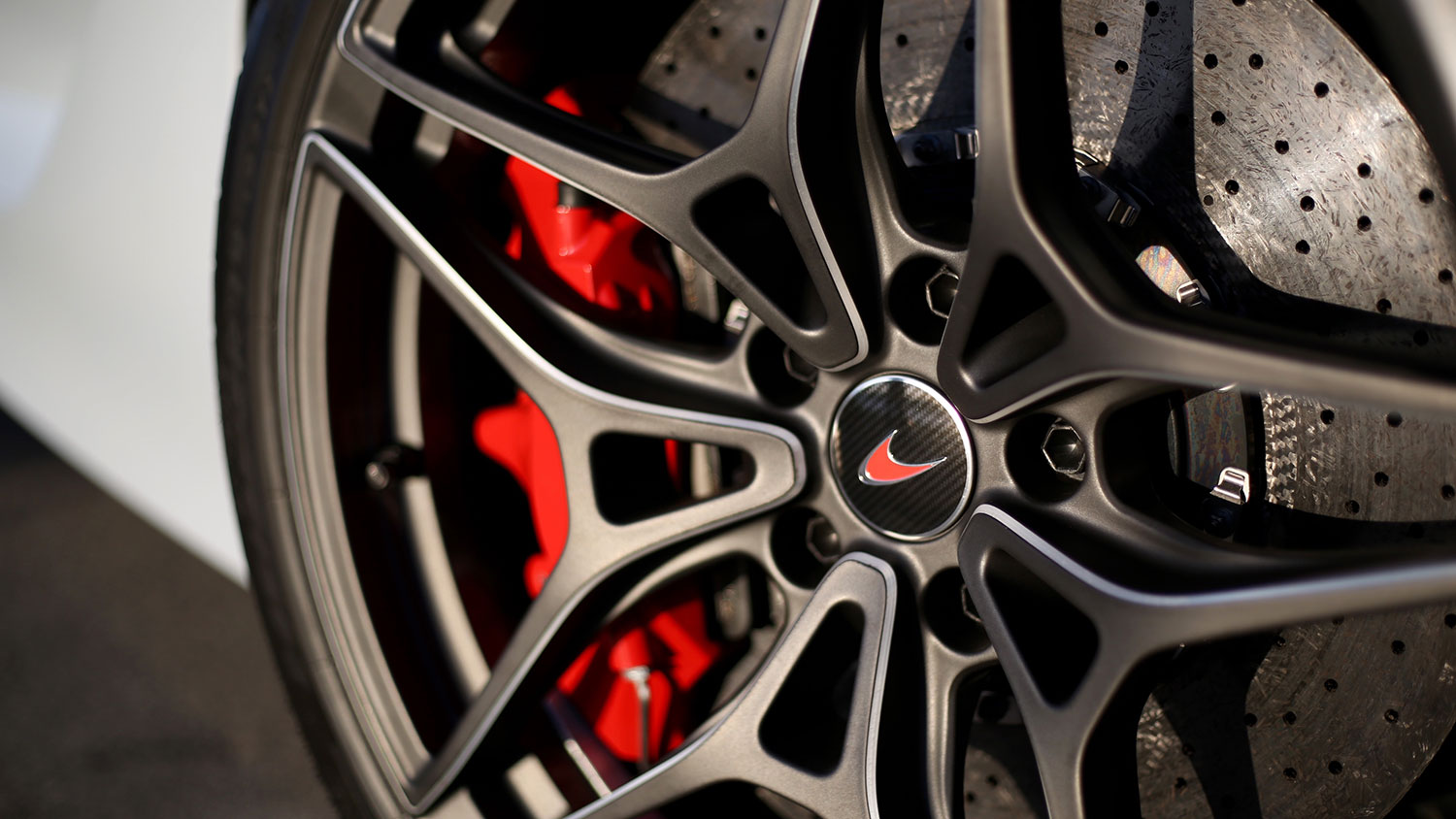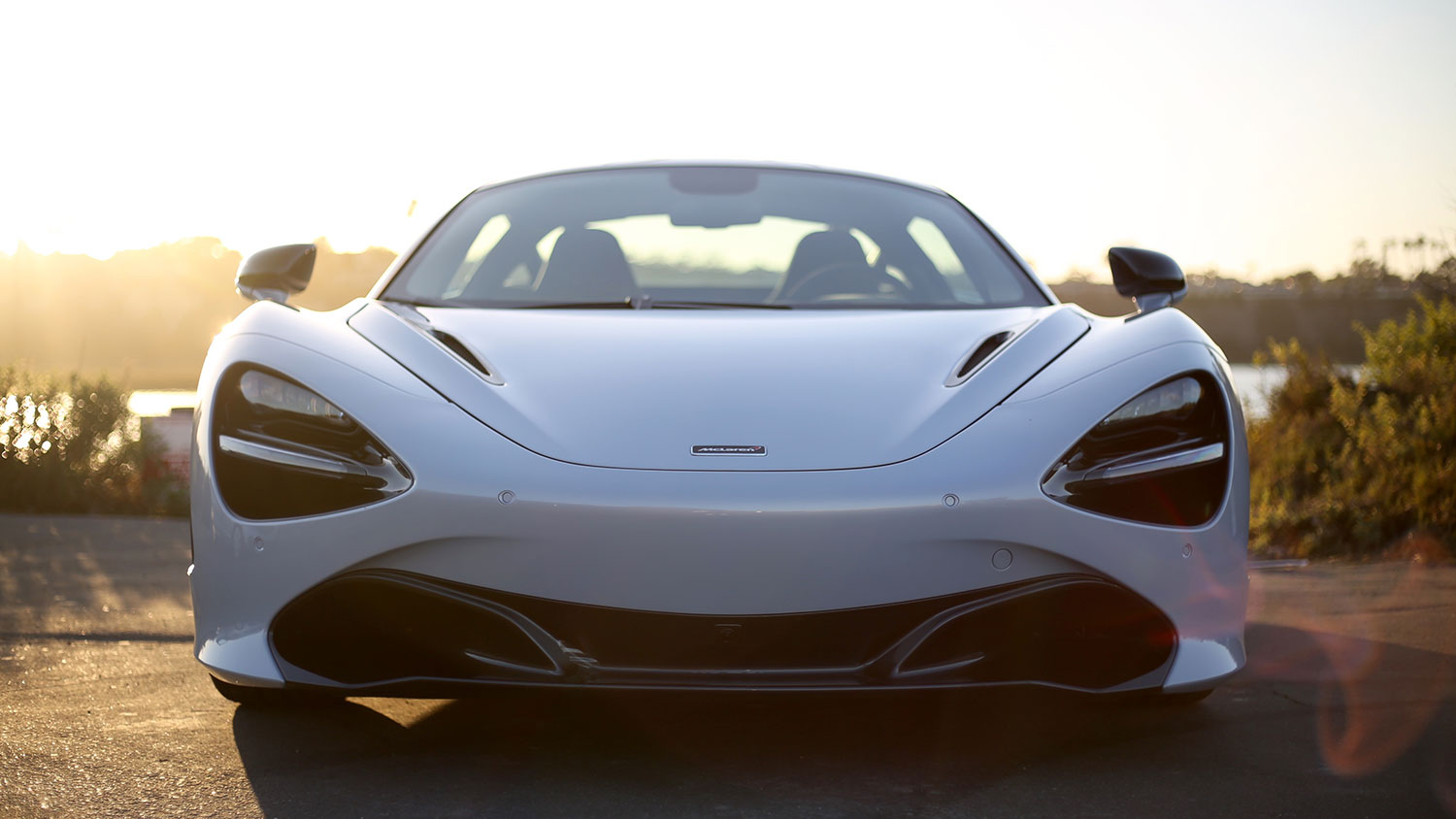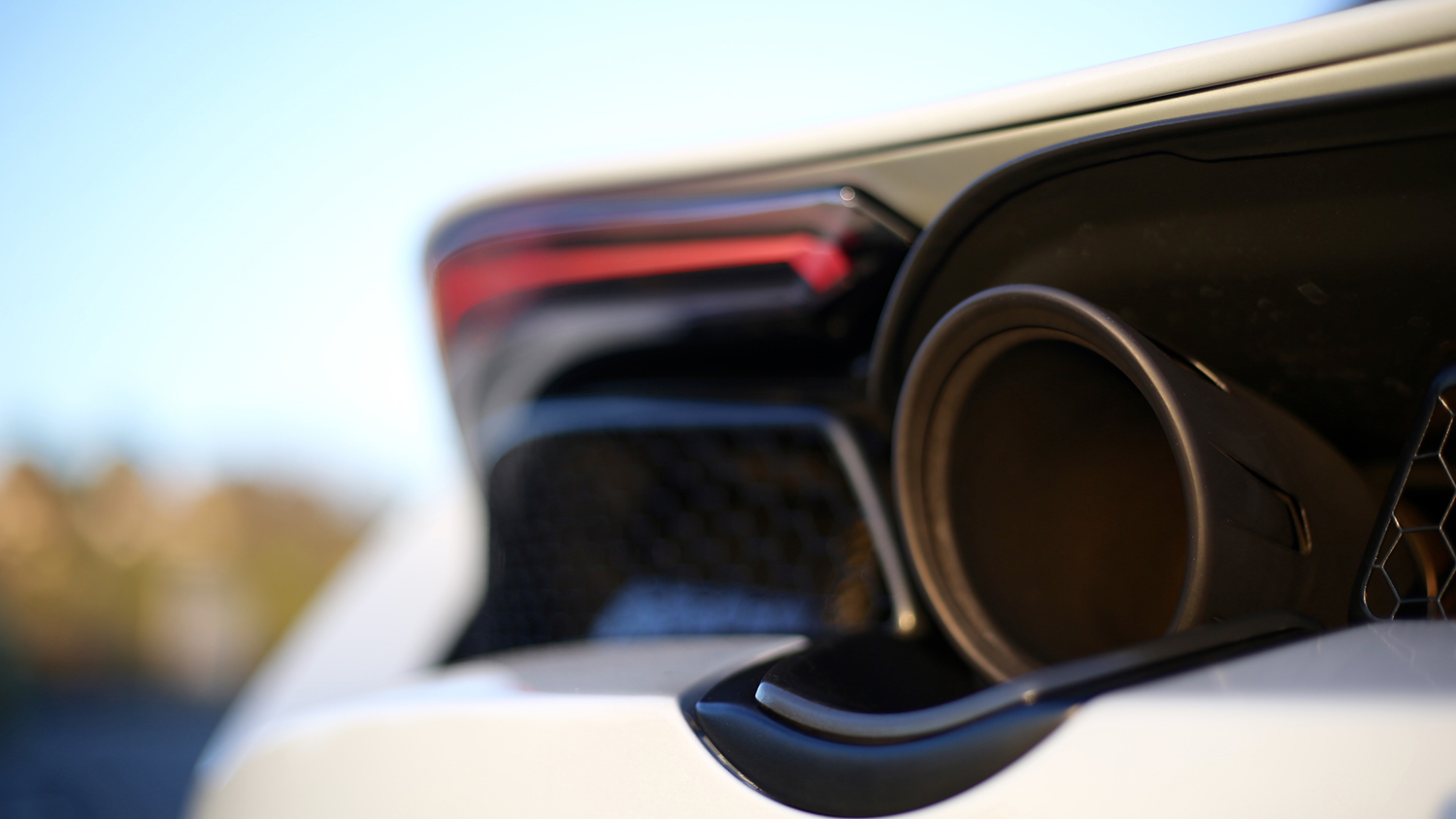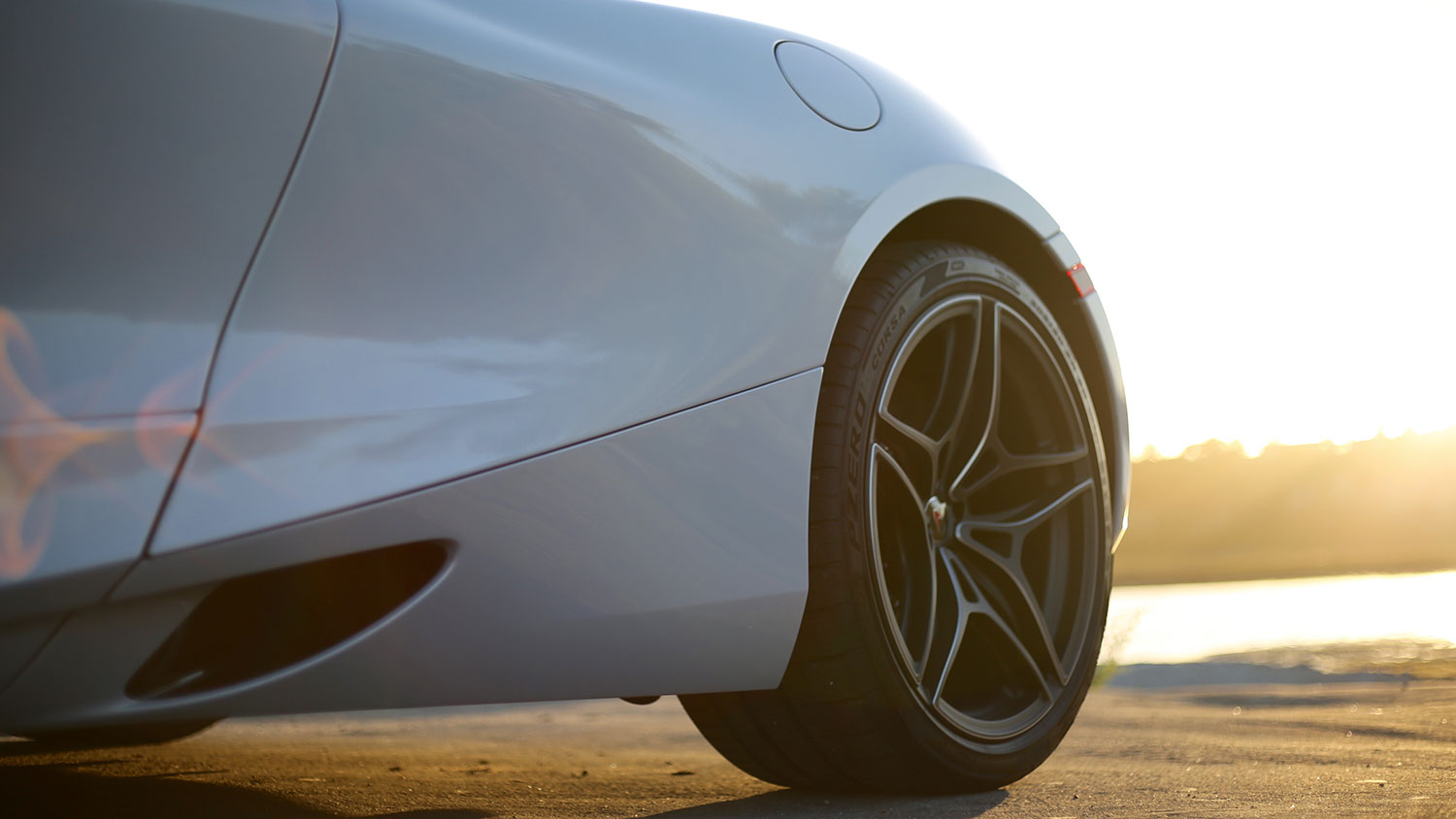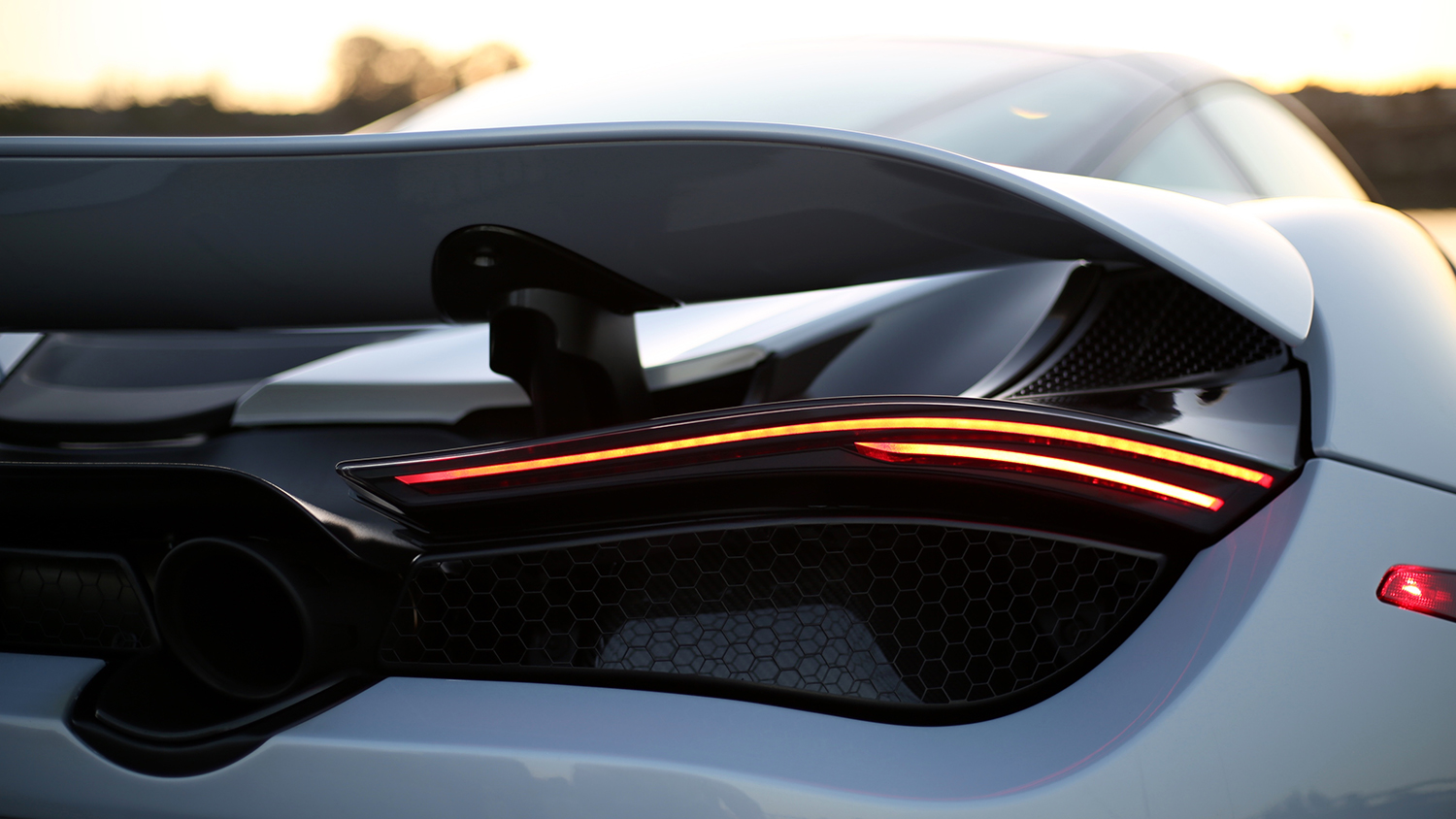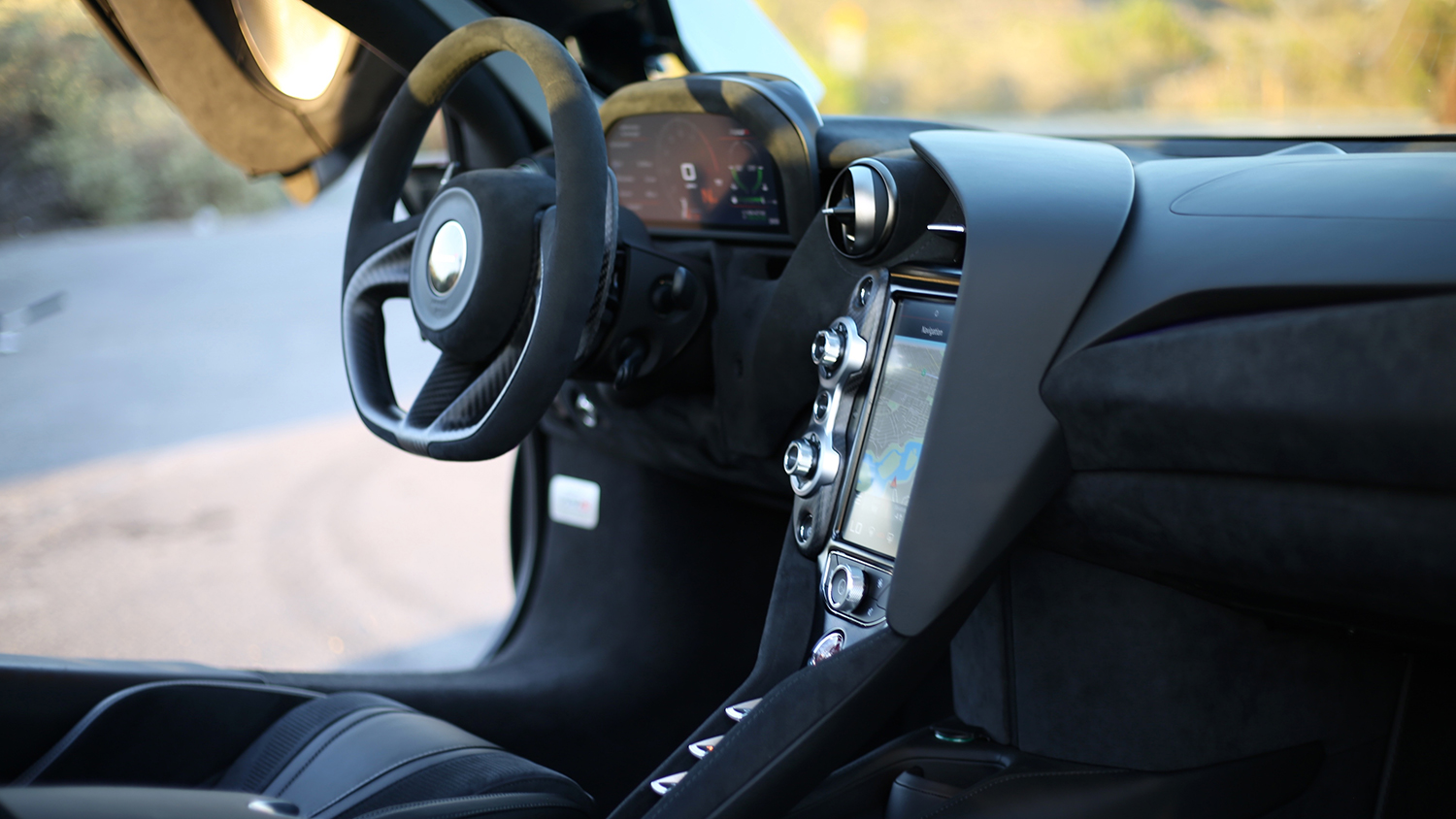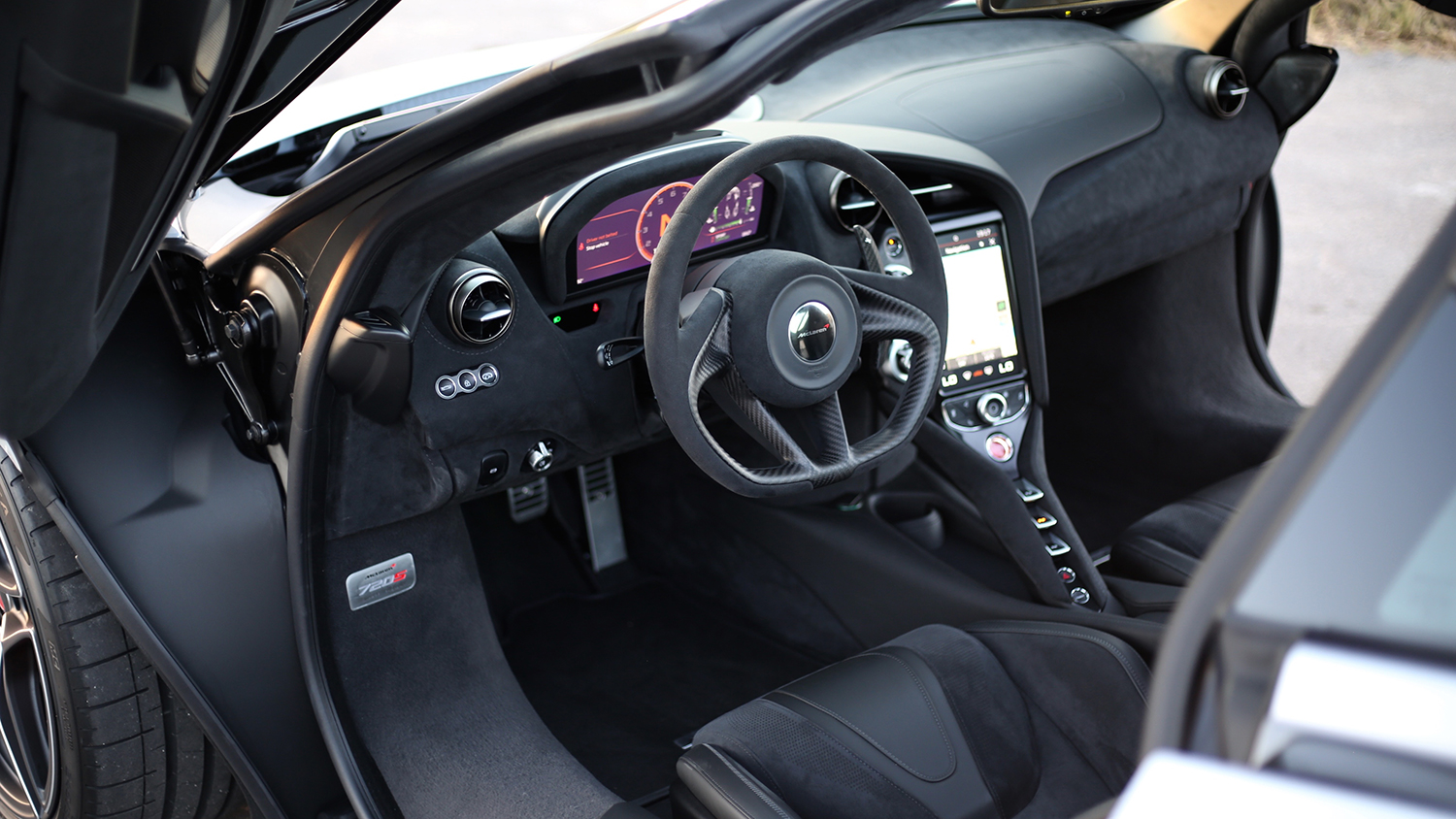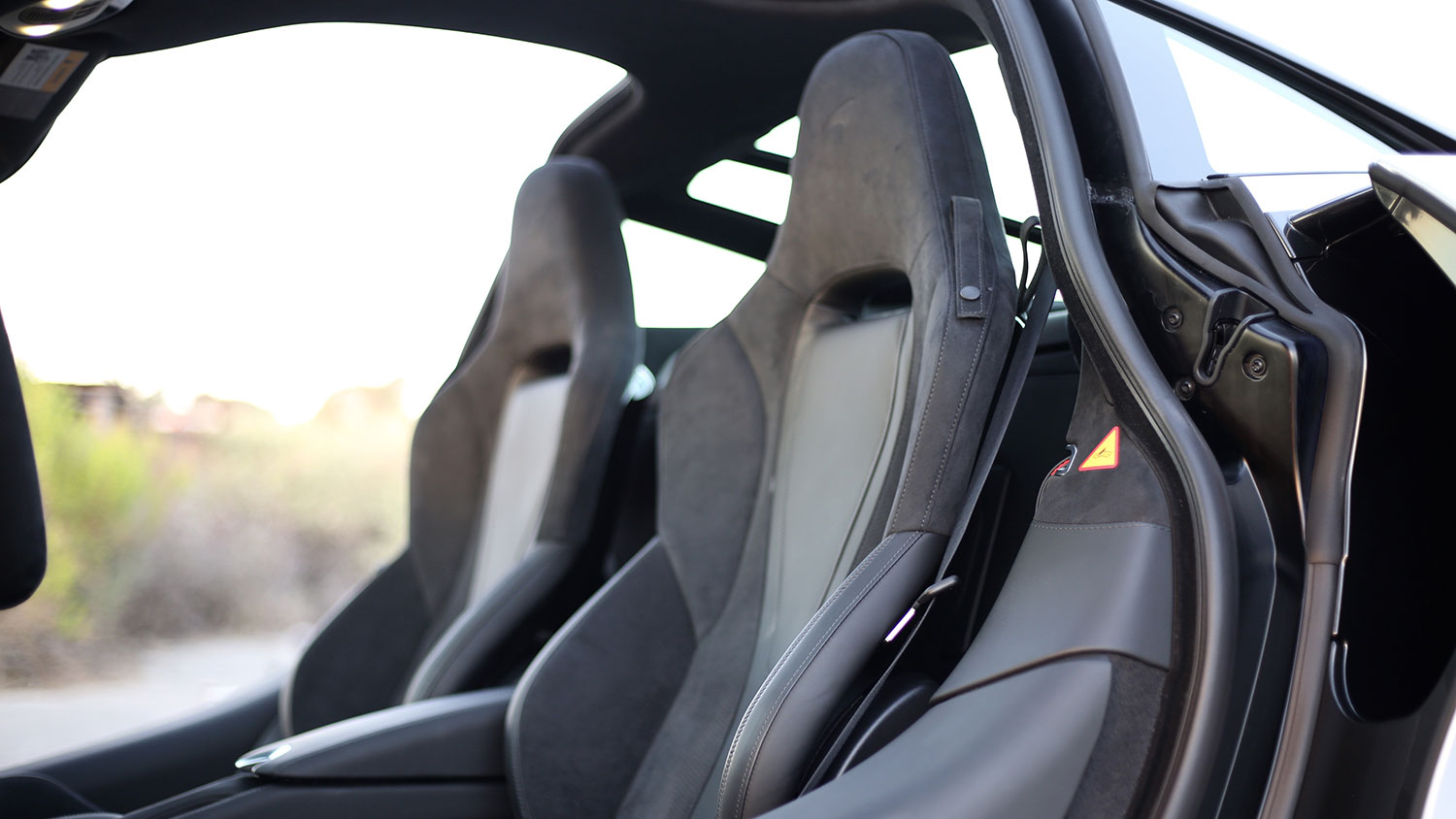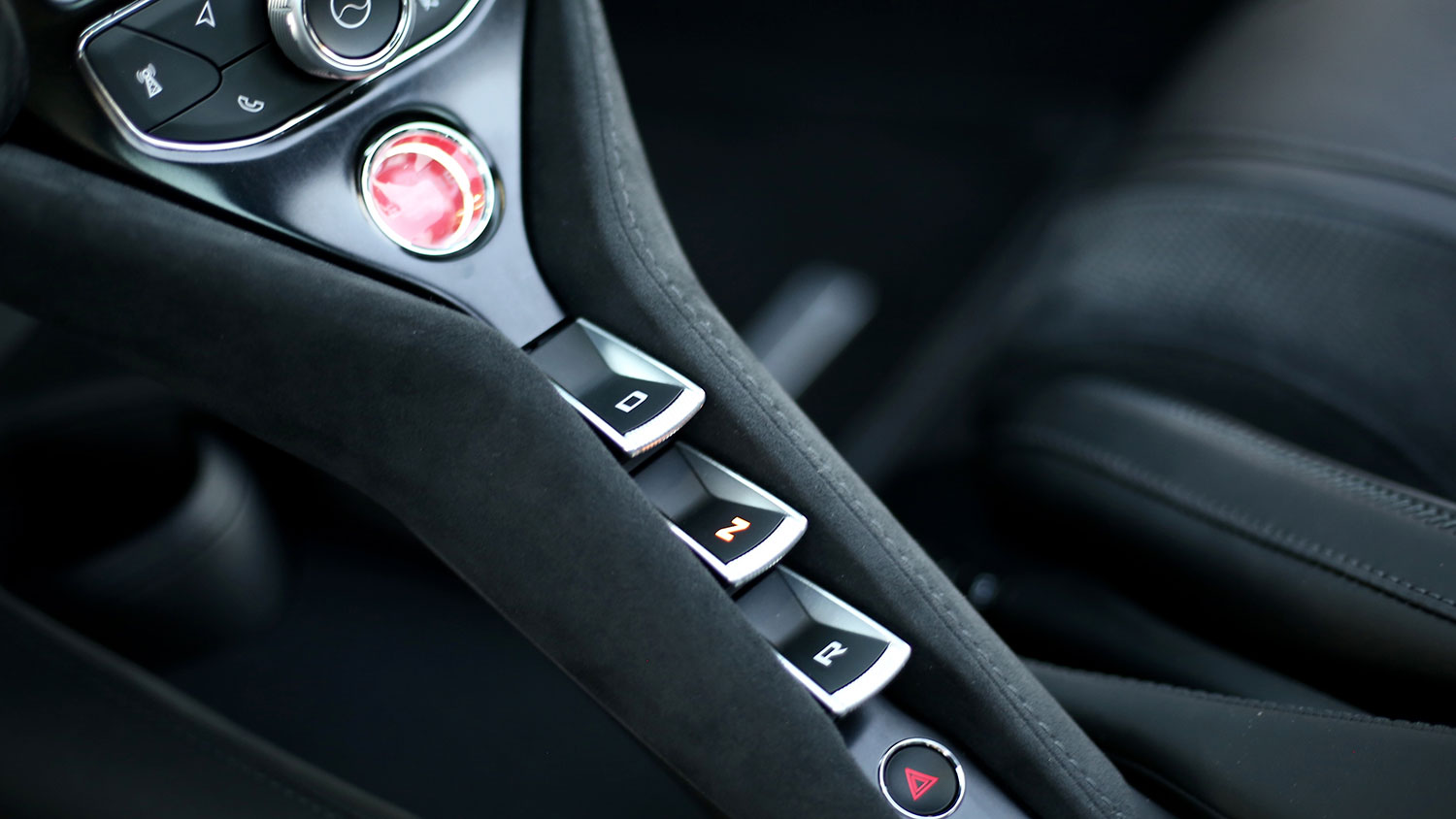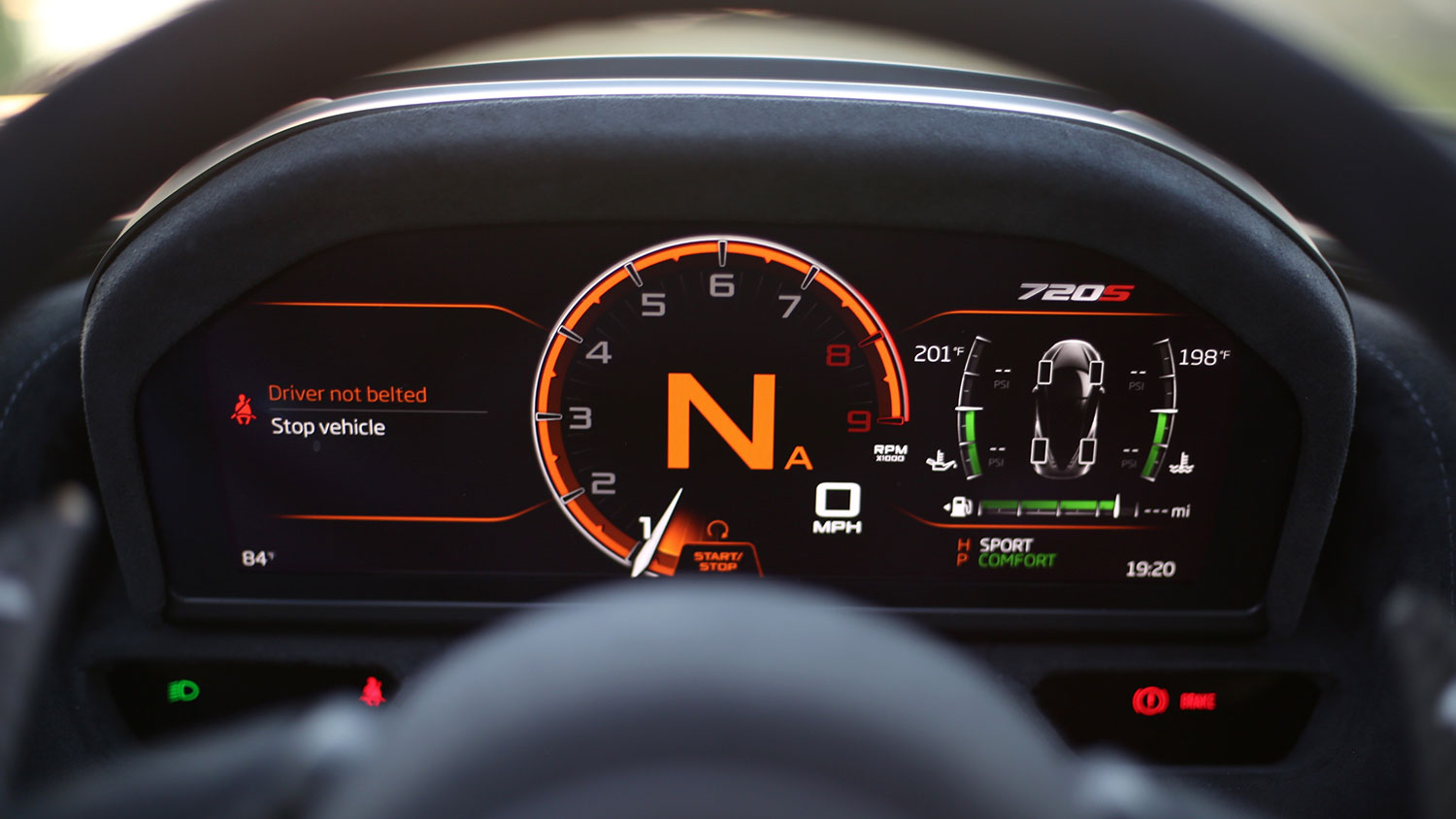It’s impossible to exit gracefully, the ride is harsher than a wooden rollercoaster, and there’s hardly enough room for groceries — we can only be describing a supercar.
Only in this class of automobile are oddities praised and impracticalities overlooked. A supercar can effectively veil any and all usability flaws with unfathomable performance potential.
Why, then, is the McLaren 720S so amenable?
The British automaker’s latest vehicle is irrefutably a supercar. Mid-mounted along the car’s carbon fiber chassis, a 4.0-liter twin-turbocharged V8 produces 710 horsepower and 568 pound-feet of torque. To demonstrate the vehicle’s firepower, one needs only to stomp on the accelerator. In 2.7 seconds, the 720S is already at 60 mph; five seconds later, what’s left of your face is hurtling along at 124 mph.
Bringing the 2,800-pound spaceship to a rest is the job of massive carbon ceramic brakes, ultra-sticky Pirelli P Zero tires, and an active rear wing. Every bit of the 720S’ stunning bodywork manipulates air for smoother forward progression or engine cooling.
It clearly boasts the proper specs (including a $285,000 sticker price) and invites its fair share of attention, yet by all other measures, the McLaren 720S is unlike any other supercar.
Thanks to a bubble-style cabin with thin A-pillars and transparent roof panels, visibility and volume are excellent. The interior’s spacious feel complements a substantial front trunk compartment that swallows two small suitcases or one large one. Getting in and out of the vehicle is a breeze thanks to its butterfly doors and center cutouts.
Once nestled in the car’s ergonomic sport seats, drivers find an intuitive center touchscreen (that reminds us, favorably, of an iPad Mini), a reconfigurable digital driver display, two USB ports, and a nifty center stack. Apart from the conspicuous absence of a Park button, the car’s Drive, Neutral, and Reverse tabs couldn’t be more straightforward.
Some complexity is added when operating the powertrain and suspension modes, but even that’s easy to learn. One press of the Active button wakes the panel. Crank the top dial to Comfort, Sport, or Track to adjust throttle, steering, and shift responsiveness. The same inputs on the lower dial soften or stiffen the suspension. For better or worse, any valet can sort out the 720S’ controls in short order.
Once on the move, the McLaren’s refined driving experience comes into focus. In its cushiest setting, the 720S moseys over broken pavement and speed bumps like any luxury sports car. On demand, a hydraulic lift pops the nose a few inches to avoid scraping on steep driveways. The gearbox is buttery smooth in its rotation through seven gears, feeling at times like a CVT (when not behaving like an Formula One dual-clutch). The steering is responsive but never busy. Wind and road noise barely penetrate the cabin, leaving the V8’s sonnet or Bowers and Wilkins sound system to fill the silence.
Increasing the pace requires little additional effort. Power builds evenly right up to the engine’s 8,500 rpm redline, as if the turbochargers are never on a break. Mechanical and aerodynamic grip are usually sufficient to keep the 720S in line, but the traction and stability control systems are always at the ready. On public roads (piloted by a sane operator), the McLaren 720S is never close to its performance limits, yet sensory delights abound.
Indeed, the McLaren 720S is so effortless to drive, one might begin to imagine something’s missing. Yet all the right pieces are here — all the reasons we fantasize about owning a supercar.
If it isn’t the lack of something, then it must be something added: this extraordinary performance, these sensational curves, and unprecedented accessibility.
Editors' Recommendations
- The world’s 10 most expensive luxury cars (and two honorable mentions)
- McLaren reveals its future hybrid supercars will have a V8 engine
- Gordon Murray T.50 Is a V12-Powered Sequel to the Legendary McLaren F1
- All-New 804HP Elva Supercar Is Impressive, Even by McLaren Standards
- The Recently Revealed McLaren GT is a Road Trip-Ready Supercar
